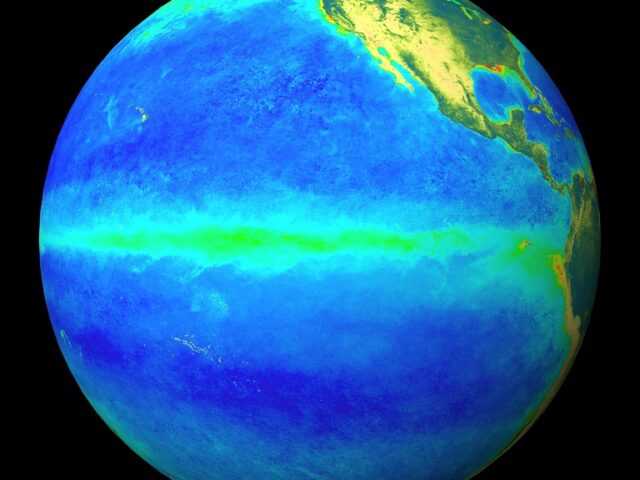MELBOURNE, Australia – The El Niño–Southern Oscillation (ENSO) is currently neutral (neither La Niña nor El Niño). Oceanic and atmospheric indicators for the tropical Pacific Ocean are at neutral ENSO levels, reports the Bureau of Meteorology of the Australian Government in its latest update.
International climate models suggest neutral ENSO conditions are likely to persist through the southern hemisphere autumn.
Long-range forecasts of ENSO conditions made in early austral autumn have lower accuracy than those made at other times of the year. However, there are some signs that El Niño may form later in the year. Hence the Bureau has issued an El Niño WATCH. This means there is a 50% chance of El Niño in 2023.
The Indian Ocean Dipole (IOD) is neutral. A majority of models suggest that a positive event may develop in the coming months. Long-range forecasts of IOD conditions made in early autumn have lower accuracy than those made at other times of the year.
The Madden–Julian Oscillation (MJO) has recently weakened and is expected to be indiscernible for most of the coming week. Most models indicate the MJO will re-strengthen over the Western Pacific region in early April.
In the coming fortnight, the MJO is unlikely to have a large impact on rainfall patterns over northern Australia, although tropical activity across the South-west Pacific may be enhanced in early April.
The Southern Annular Mode (SAM) index is currently neutral, and is expected to remain neutral over the coming weeks.
Warmer than average sea surface temperatures persist around most of Australia, particularly around Tasmania and south-west Western Australia.
Climate change continues to influence Australian and global climates. Australia’s climate has warmed by around 1.47 °C over the period 1910–2021. There has also been a trend towards a greater proportion of rainfall from high intensity short duration rainfall events, especially across northern Australia. Southern Australia has seen a reduction of 10 to 20% in cool season (April–October) rainfall in recent decades.
















